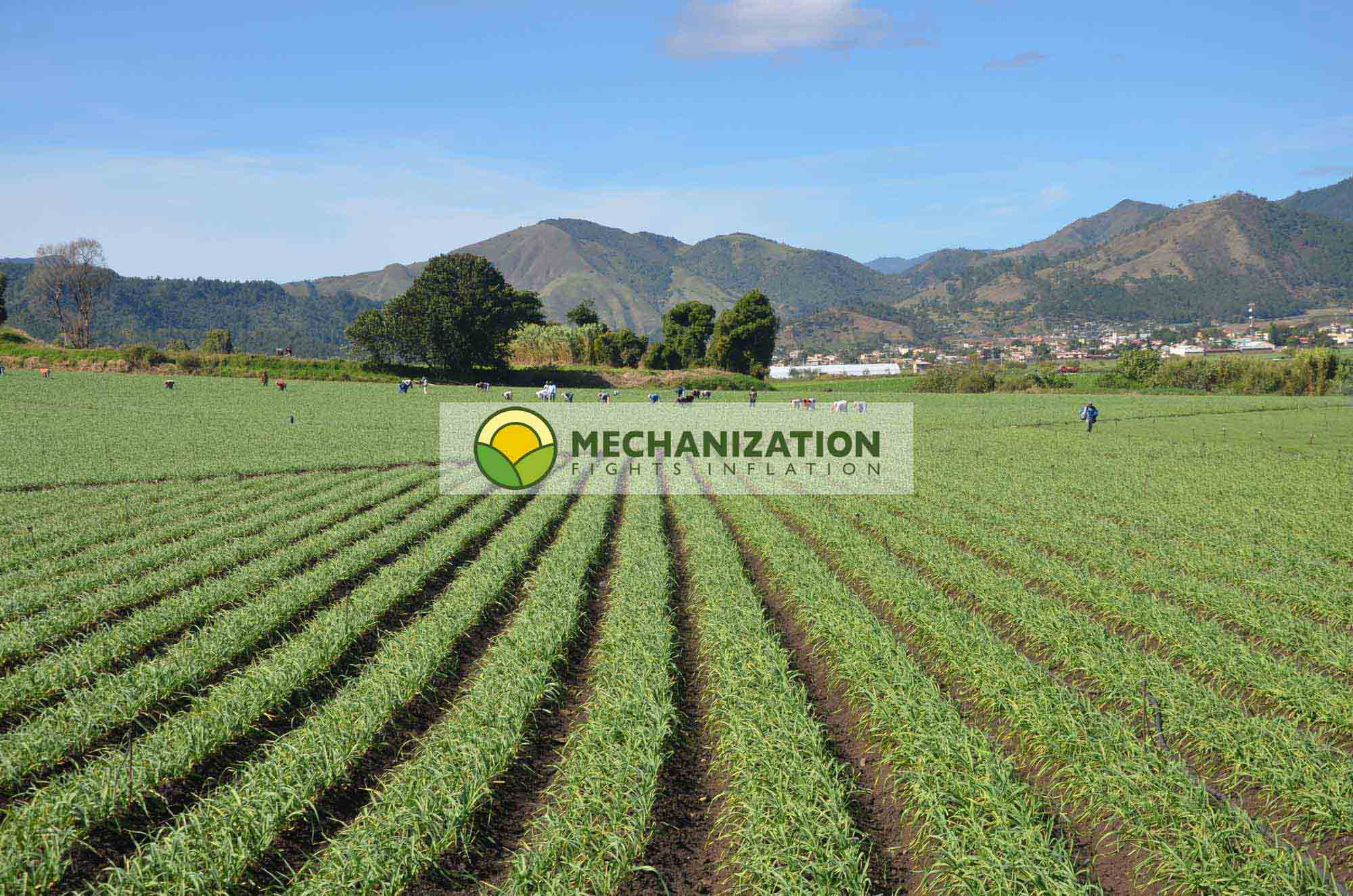Erwinia Chrysantemi
LinkExchange SearchMe WhatWeDo AboutUs Sitemap Next page Liriomyza Trifolii

Erwinia Chrysantemi and everything you need to know to detect, avoid and cure this plague.
Erwinia chrysantemi
1. Common name and scientific name, Pictures under green tabs at the left.
| Scientific name: | Erwinia chrysanthemi (Burkholder), |
|---|---|
| Synonyms: | Erwinia carotovora f. sp. parthenii Erwinia carotovora f. sp. dianthicola Pectobacterium parthenii Erwinia carotovora var. chrysanthemi |
| Common names: | Centre rot, Black heart rots disease, Bacterial soft rot (BSR) |
2. Geographical distribution
E. chrysanthemi has a worldwide distribution. Any kind of strain may occur in temperate countries, where outdoor and glasshouse plants are produced. In onions E. carotovora spp. carotovorum is also common and cause the same visible symptoms. Therefore it's difficult to say by which Erwinia species the onion is infected. But, both species are removed during production, processing and export handling steps.
3. Biological characteristics
E. chrysanthemi is a motile, Gram-negative, non-sporing, straight rod with rounded ends, and occurs singly or in pairs. It varies from 0.8-3.2 x 0.5-0.8 ?m (average 1.8 x 0.6 ?m). There are 3-14, but more usually 8-11, peritrichous flagellae. On Patato Dextrose Agar (PDA), young colonies are either circular, convex, smooth and entire, or sculptured with irregular margins, depending on the moisture content of the growth medium. After 4-5 days, both colony types resemble a fried egg, with a pinkish, round, raised centre and lobed periphery, which later becomes feathery or almost coralloid.
E. chrysanthemi is a soft rot pathogen degrading succulent fleshy plant organs such as roots, bulbs, and leaves by enzymatic (pectolyses) breakdown of cell walls. It is also a vascular wilt pathogen, colonizing the xylem and becoming systemic within the plant. The pathogen can remain latent in some plants. For onions, manly the stem and bulbs are infected via rain drops by splashing from infected soil on the onion plants.
4. Parts to be damaged
For onions, the infection often take place via the neck to the centre of the onion bulb. Especially rain showers with hail can cause infections of Erwinia sp.. A common name of the disease is "centre rot", because the infection spread from the inner site of the onion to the outer fleshy scales, instead of Pseudomonas sp. where rotting begins normally at the outer fleshy scales. During infection with Erwinia sp., the fleshy scales rot, dry out and the onion completely shrivel. The outer dry scales of the onion turn into a dark brown color and are the only parts which remain.
Plants are infected in the field during the growing period and died. When the pathogen enters the plant late in the season, infected bulbs are harvested. During storage the onions are completely rotten inside and only the dry outer brown scales remain. That make it easy to infected bulbs during the processing and packing quality control inspections, which remains after harvest and storage.
After initial infection a clear viscous fluid is formed, due to degrading of the cell walls. The bacteria infect the verticil (bulb base) via the centre of the onion. Symptoms on the bulb base somewhat look like a Fusarium infection. But Fusarium sp. cause a dry rotting and Erwinia sp. cause a wet and sour infection. Whereas, Fusarium has a different very characteristic smell.
5. Damage period
The bacterium is able to survive in the soil on organic matter (and plant debris), so that infestation remains between two crops. High humidity and free water favour the infection of the bacteria. Disease development is dependent on high temperatures, generally 25-30?C. Host specialization has not definitely been proved in E. chrysanthemi, except in pv. Paradisiacal. As describes above, leave damage due to intense rain or hail showers stimulate Erwinia infections. Onion flies can spread the disease.
6. Economic impact
Erwinia sp. can cause moderate to serious harvest losses. Moreover, rotten bulbs can stain healthy bulbs during processing. Therefore the bacterium causes also post harvest losses due to staining blank colored bulbs. Infections are not spread during storage.
7. Investigation and monitoring system
Erwinia chrysanthemi and related Erwinia species are common in soil and surface water. Infections occur mainly via splashing water drops of heavy rain and hail during periods with favor temperature.
During the growing season, initial infections can be monitored by looking to the neck of the onions where the infection begins. By cutting onions from top to base, centre rot can easily detected, due to the characteristic viscous fluid in the centre of the onion, from neck tot base.
8. Control methods
There are no chemical or biological treatments to control or prevent bacterial infection by Erwinia spp. Only good agricultural practice (GAP) can minimize soft rot disease. During storage infected onions shrivel completely and can easily selected during quality control. The infection is not spread during storage, and by good drying techniques staining of healthy bulbs can be minimized. crop rotation and removal of plant debris can reduce the initial bacterial population. Moreover irrigation (with surface water) is seldom used. Risk of infection is mainly due to heavy rain showers in hot summer periods, when temperatures reach 30oC and relative humidity is high.
Next up: Liriomyza Trifolii
Pictures of this plague:

Erwinia Chrysantemi
or center rot or BSR
To mechanise your post harvest processes:
contact us:
Telephone:
+1 239 3002374
or use our (preferable)
our contact form
Address: Farm San Isidro, Volcán, Panama.

